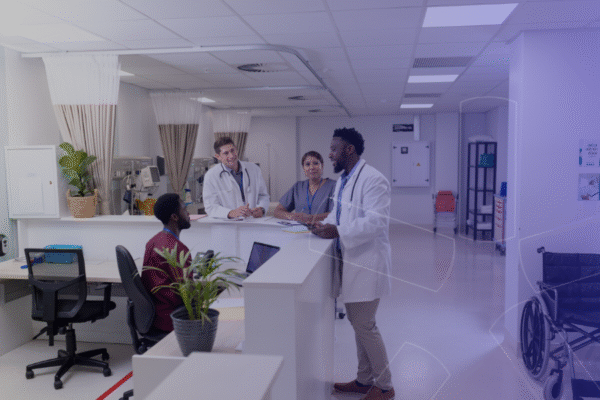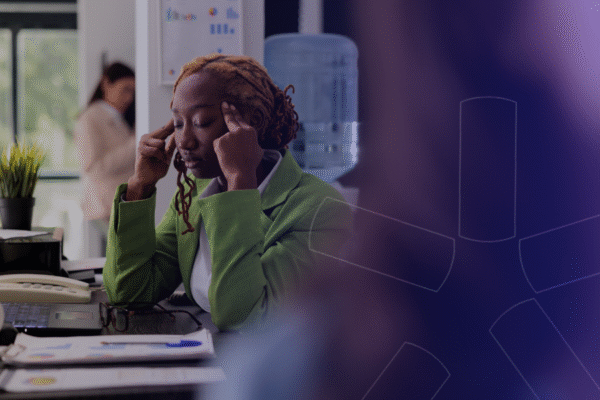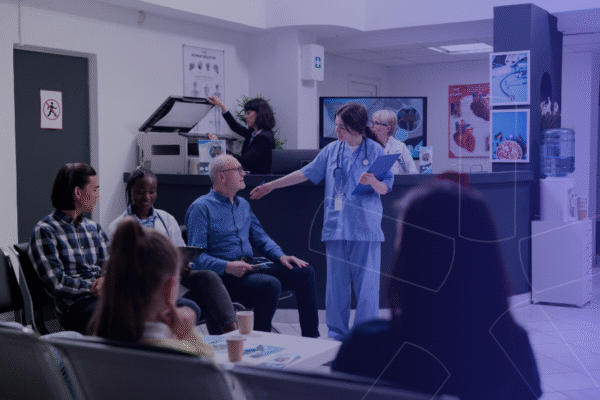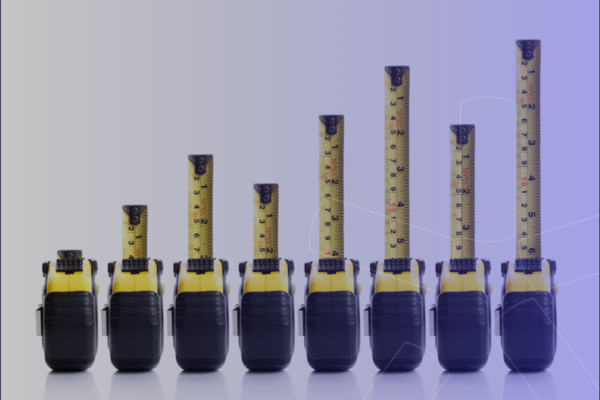As HubStar has written about extensively, sensors are becoming a lot more prevalent in the modern workplace. These devices can serve a variety of purposes, and combined with the data they provide, if used correctly your office and company will reap environmental and economic benefits. Understanding how these sensors work and ensuring you are using them for maximum optimization will help your office run more effectively and efficiently.
Read on as we break down everything about sensors from space utilization to desk occupancy and beyond.
Explaining the Fundamentals
What is a smart sensor? Very simply put, a smart sensor is a technological device that is used to monitor space or people.
Freespace, a sensing technology company, explains sensors this way in the following way, “As offices and places of work evolve, sensing technologies provide invaluable data on space demand, use, and occupancy. Sensors enable you to prepare for the unexpected, identify new trends in behaviors, and adapt to changes in real-time.”
So, how are sensors used in real life? Let’s take a look at some examples.
Future of Work, a company that helps brands through digital transformation, posted an article about sensor use in a post entitled, “How Sensors and Data are Changing the Workplace.”
The article, written by Shelly Kramer – Founder and CEO of V3B, a marketing consultancy, and Broadsuite Media Group – reads in part, “For example, Bloomberg reports sensor company, Enlightened, serves about 15 percent of Fortune 500 companies. Enlightened’s sensors track office temperature, air flow within a space, and more. Many are placed in light fixtures to detect motion and energy usage. One company—the office design firm Gensler—reports seeing a 25 percent savings in energy costs as a result of installing the sensors.”
Kramer continues on to write, “It’s not just about energy savings. Some sensors monitor how often employees are at their desks or how long they go without speaking to another one another. In Enlightened’s case, this data is pooled in an anonymous manner. This way, no employee is singled out, but changes can be made to improve the employee experience if data shows they’re warranted.”
Difference Types of Sensor Technology
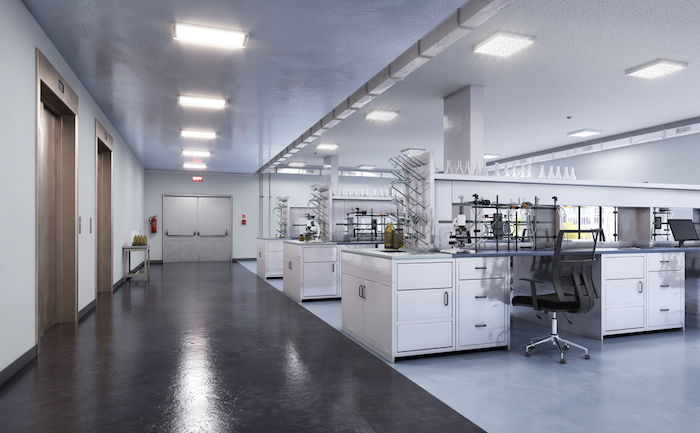
As we mentioned in the opening, there are many different types of sensors in the marketplace that you can choose to implement in your company or office.
Dawn Hammon, writing for Doityourself.com, an independent home improvement and home repair website, breaks occupancy sensors down into 6 categories. We are sharing Hammon’s list and explanations below:
- Passive Infrared (PIR) Detector- have a sensor face that measures different air temperatures in a room. PIR detectors are considered passive because they do not emit any light, sound or heat.
- Combined PIR and Ultrasonic Detector- These provide more accurate readings of when people come into and out of a room, enabling more precise control of the lighting system.
- Active Ultrasonic Detector- An active ultrasonic detector emits sound waves at levels far above what human ears can hear. The sensors inside the detector receive reflections of these sound waves, indicating the presence of people moving in its detection zone.
- Passive Ultrasonic Detector- A passive ultrasonic detector listens for a range of sound frequencies, usually within 30 feet of its microphone receivers, that alert the detector’s sensors to movement. The sensors can then turn on lights or sound alarms as set up in the occupancy sensing or security system.
- Microwave Detector and Occupancy Sensor- Microwaves emitted from the detector cover a wide range to detect movement and activate lighting controls or an alarm.
- Combined PIR and Microwave Occupancy Sensor- This sensor can activate an alarm or turn on interior lights when people approach home or office windows at night.
Office Sensors Helping Companies
In an office, sensors can provide valuable data, such as determining when desks or other space are being used, that will lead to greater efficiency. Having concrete data about employee tendencies will help a company figure out how to best utilize their space.
Let’s take a closer look at two types of sensors that can directly help with the goal of better space utilization:
1. Space Utilization Sensors
Writing for Spacewell, a PropTech company, Raf Boterdaele, Head of Building and Facilities Management, AXA Belgium, provides the following insight regarding space utilization sensors, “Our preferred solution is using wireless sensors that capture data anonymously. This data is mapped onto colour-coded floor plans that provide an intuitive understanding of what goes on in your buildings and which spaces are busy or more quiet, both in Real-Time or in Time-lapse.”
2. Desk Usage Sensors
Pressac, a smart sensor manufacturer, writes about this type of technology. An excerpt from Pressac’s site reads in part, “Our wireless desk occupancy sensors accurately detect and monitor passive infrared radiation (PIR) emitted by a person sitting at a desk. When a person enters the sensor’s field of view, the sensor detects motion and tells you someone is present within that space, without detecting people in the surrounding areas.”
Office Sensors and Space Utilization Data
In many cases, office sensors will go hand-in-hand with a good space utilization software company to help you optimize your workplace.
At Hubstar, our software can help you to understand patterns in space utilization, track key metrics, get actionable insights and report with ease.
Coupling together data from office sensors and utilization data will provide you with greater insight as to what is happening in your office on a daily basis. This information will help you to make more informed decisions when it comes to all aspects of running your business.
HubStar, is a space utilization software that helps to optimize and creative adaptive workplaces. Our technology works to enable data-driven real estate decisions providing you with proactive insights that can save you money on unnecessary leases and improve employee experiences.
